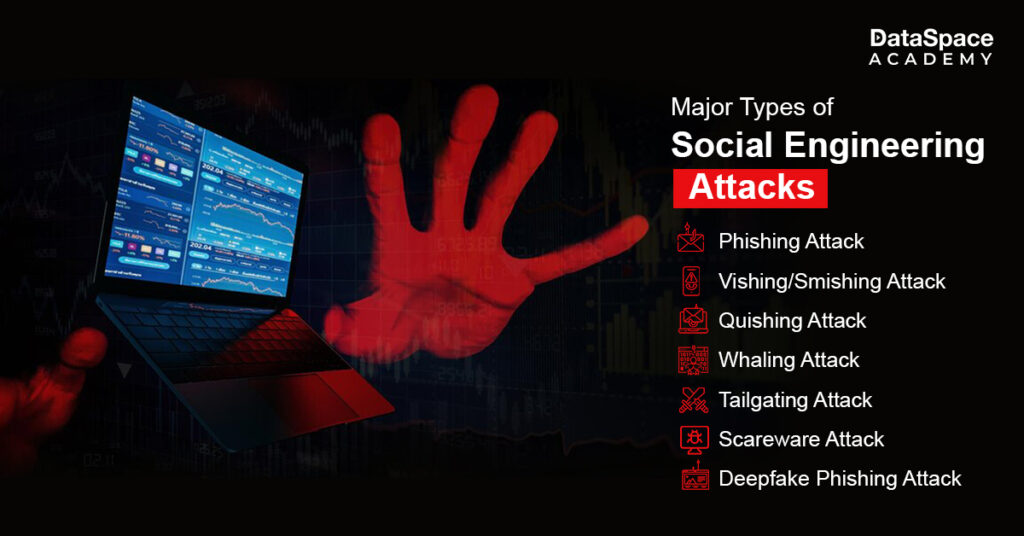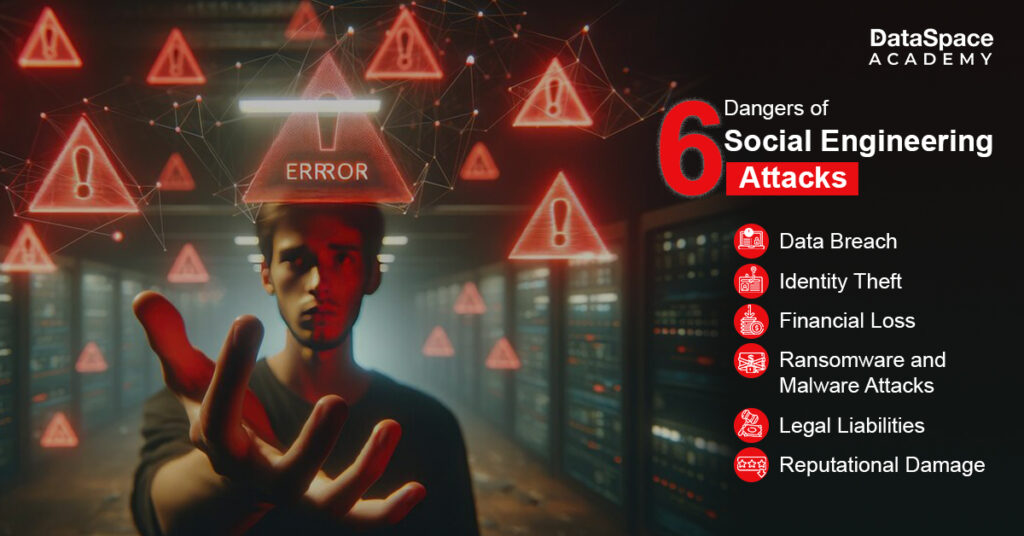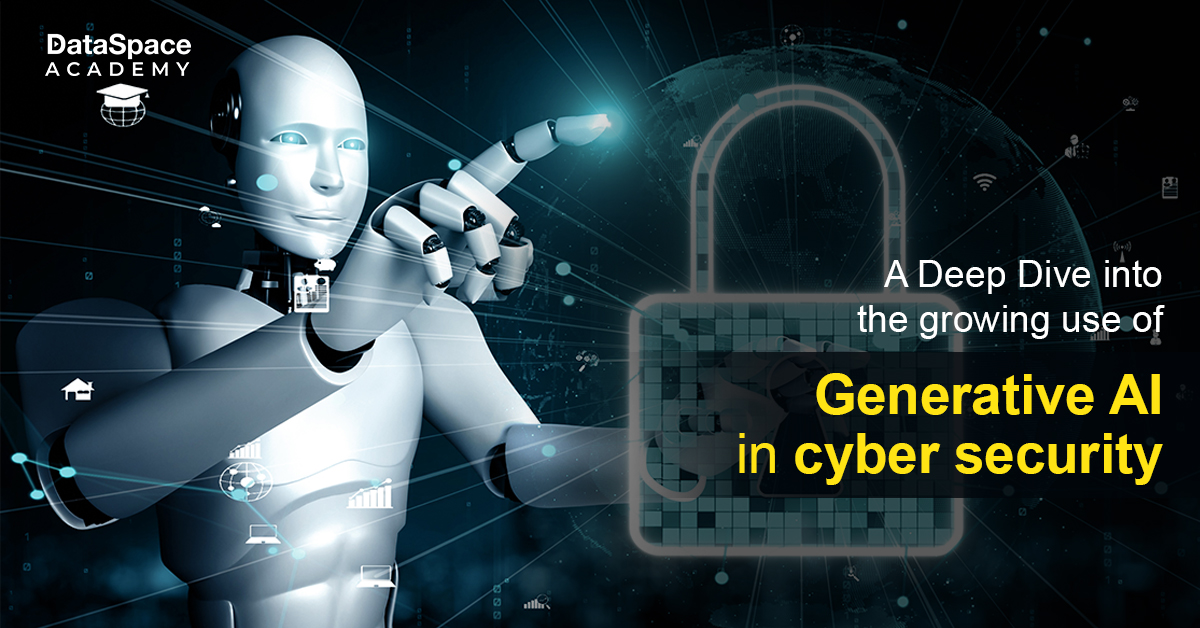Social Engineering: Types of Attacks and Their Impact in the Digital Age
Last Updated : 20 Jun, 2024
 1.64L
1.64L

Introduction
The success of the manipulation depends on the level of conviction and force of the denial – Tess Binder
This ninja technique is applied by cyber criminals in luring you to take their bait and end up with colossal damages, sometimes irreparable. While every person has the authority to deny but at times the attack might leave no choice for refusal. This is the simplest explanation of social engineering- one of the most feared cyber crime practices, accounting for almost 98% of cybercrimes. If we check the stats, this grossly manipulative tactic is estimated to hit a loss of $10.5 trillion annually by 2025.
The advent of AI has further fuelled the social engineering attackers, abetting them to launch more sophisticated attacks, such as deepfake. Threat actors applying social engineering spare no one from their malicious intent. Whether you are an individual or run an organization, awareness and attention-to-detail are the only keys to stay safe from social engineering assault.
Overview of Social Engineering Attack
Social engineering attacks are rising at an alarming rate, expertly exploiting human emotions in committing mistakes and falling prey to irreparable losses. This deceptive technique is used by the hackers to initiate human interaction through manipulative means, compelling the victims to oblige.
Social engineering attackers are sly enough to manipulate not just regular people but also bigwigs that usually boast of robust security infrastructure. Even top organizations such as Facebook, Google, Microsoft, SharePoint, and military bodies have experienced social engineering breaches at various times.
According to industry reports, AI is making social engineering attacks more cunning. Cybercriminals are leveraging language models to draft phishing emails and malicious scripts, which have an 11% click-through rate.This indicates a concerning cyber future that can potentially risk our digital identity.
Types of Social Engineering Attacks

Social engineering attackers are constantly evolving with new manipulative tactics. Previously, human-based social engineering was the primary concern, but now experts fear that AI could lead to more advanced and harder-to-detect breaches. Let’s uncover a mixed bag of social engineering types of attacks that might have you at the gunpoint.
-
Phishing:
Phishing tricks you into revealing personal information by clicking fake emails or websites that look real but aren’t. It’s like a digital bait to lure users.
-
Vishing/Smishing:
Vishing is simply fake phone calls, while smishing uses deceptive text messages to scam you into disclosing sensitive information. Most of the times, the attackers earn the trust by pretending to be legitimate entities like your bank.
-
Quishing:
Quishing involves malicious QR codes that, when scanned, direct you to harmful websites or downloads. This is generally a man-in-the-middle attack, planned to exploit your trust through these scannable codes.
-
Whaling:
Whaling targets high-profile individuals like company CEOs and leaders. Attackers con the big whales with personalised scam texts, aiming to steal sensitive information or money through convincing tailored attacks.
-
Tailgating:
Tailgating happens when someone sneaks in behind you into a secure area without authorisation, exploiting your privacy.
-
Scareware:
Scareware frightens you into thinking your device is infected, pushing you to download fake security software. Once downloaded, these software products end up launching malicious codes into your phone to steal your data.
-
Deepfake Phishing:
Deepfake phishing uses AI-generated videos or voices to impersonate trusted individuals. So much so is the precision that users can’t even differentiate and end up sharing information or transferring money under false pretenses.
Impact of Social Engineering
Social engineering cyber crimes, often underestimated, are evolving rapidly, posing a significant threat to our digital identity. These attacks are meticulously designed to exploit human psychology rather than technical loopholes, which makes them uniquely challenging to combat. Security social engineering tactics, such as phishing and vishing, rely on manipulating trust and emotions, often leading to devastating breaches.

AI to fuel the fire
As we enter the AI era, the sophistication of these attacks is expected to evolve exponentially.
AI can be both a boon and a bane in this context. On one hand, AI enhances cybersecurity defenses, helping professionals to identify and mitigate threats more effectively. On the other hand, it empowers cybercriminals to create more sophisticated personalised attacks. For instance, deepfake technology can generate realistic audio and video impersonations, making it harder for viewers or listeners to distinguish between genuine communication and fraud. This blurring of reality and deception amplifies the risks associated with security social engineering.
Looking ahead, it’s crucial for individuals and organizations to invest in cyber training. Investing in robust cybersecurity measures and fostering a culture of vigilance are the keys to stay adaptable in the AI era.The future of security and social engineering will undoubtedly be a cat-and-mouse game, but with the right strategies, we can stay alert and avert irreparable digital crises.
Conclusion
The growing instances of social engineering highlight the urgent need for skilled cybersecurity professionals. As cybercriminals become more sophisticated, the demand for experts who can thwart these attacks increases. Aspiring cybersecurity professionals can unlock their potential by enrolling in industry-leading cyber security courses online. These programs offer comprehensive knowledge and practical skills, enabling learners to tackle the latest threats. By staying updated with evolving techniques and earning respected certifications, individuals can significantly enhance their career prospects in this challenging and rewarding landscape of cybersecurity.
Frequently Asked Questions (FAQs)
Q1: What is a social engineering attack?
Ans: A social engineering attack manipulates people into divulging confidential information or performing harmful actions unintentionally.
Q2: How can I recognize a social engineering attack?
Ans: Look for unusual requests, urgent messages, or suspicious links, and verify sources before sharing sensitive information.
Q3: What is the career scope in social engineering defense?
Ans: Demand for skilled professionals in social engineering defense is growing, offering diverse roles in cybersecurity across various industries.
Q4: Which courses are best for aspiring social engineering defenders?
Ans: You will find multiple cybersecurity courses that guide on social engineering defense. Choose the one that has secured high rating, great reviews, and also offers hands-on training like the cyber security course offered by DataSpace Academy. Alongside, you should prepare for global certifications offered by EC-Council, CompTIA, CEH, and so on.
 1.64L
1.64L




































































































